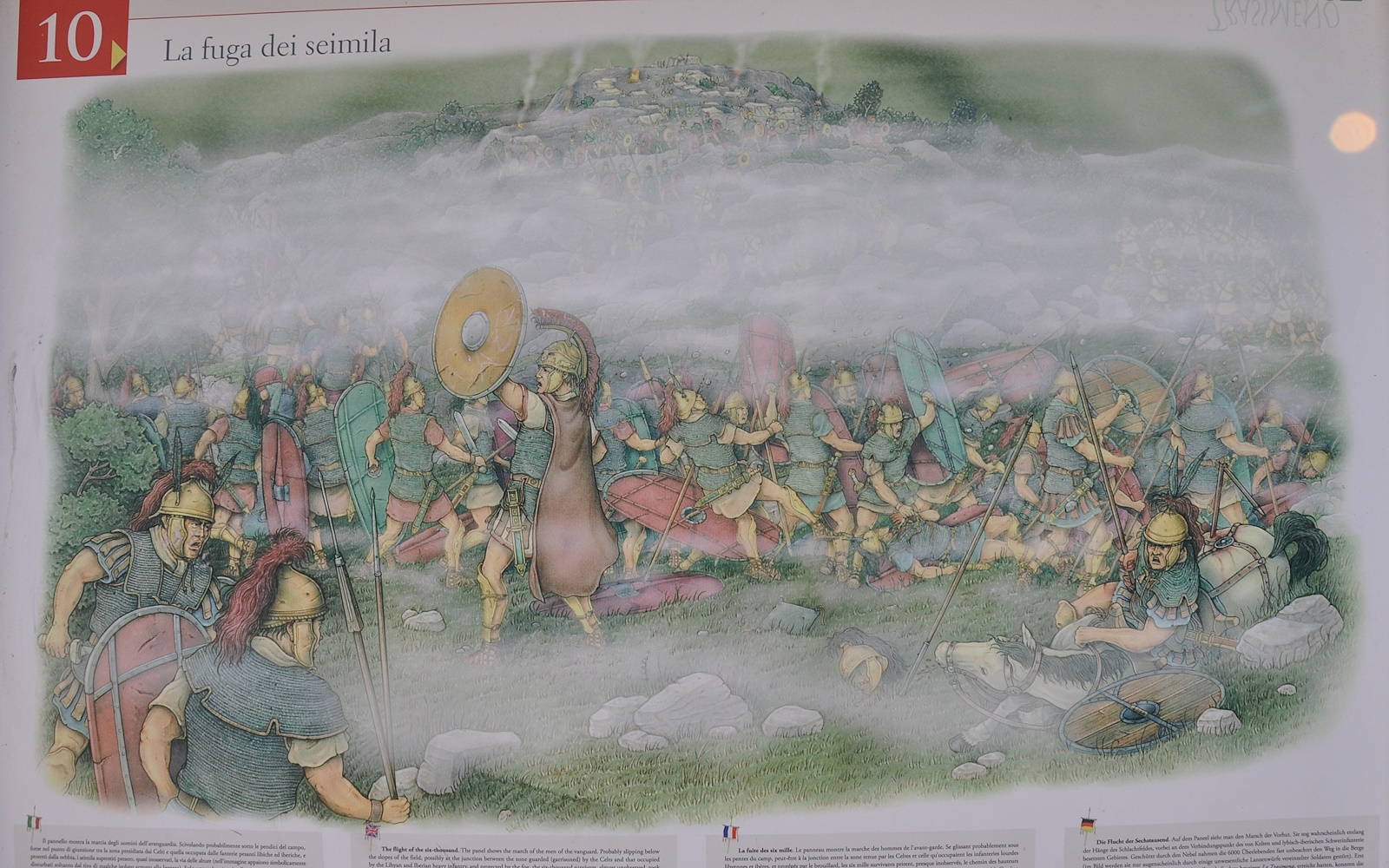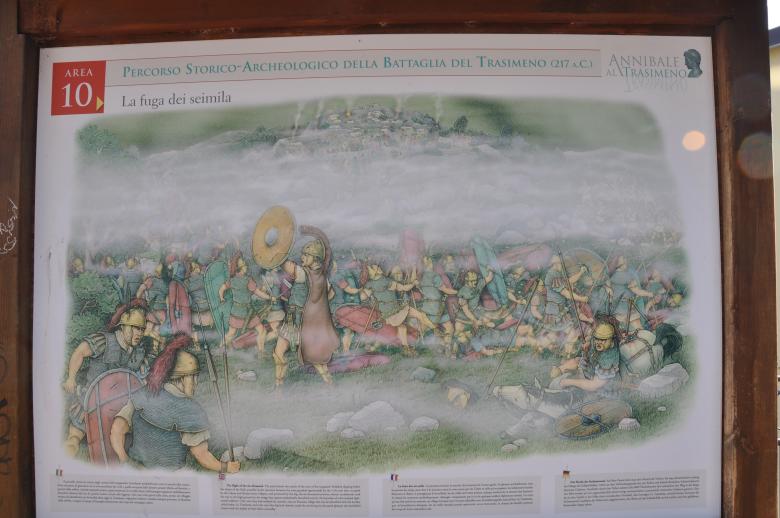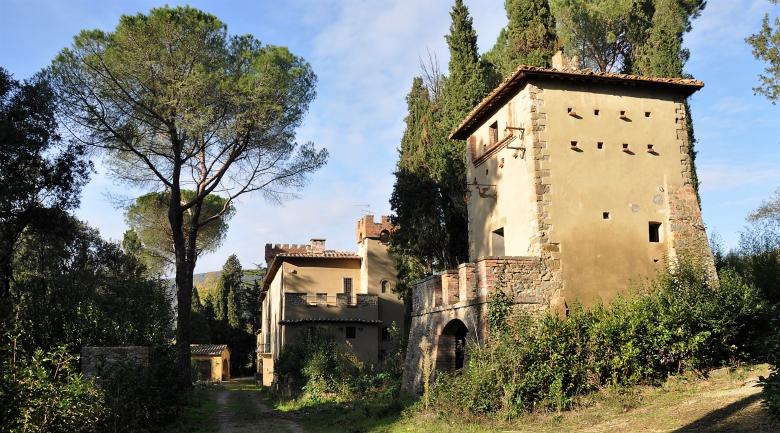Museum on Hannibal and the Battle of Lake Trasimeno
It was June 217 BC. Despite the summer weather, a thick fog rose from Lake Trasimeno, obscuring places and people. Hannibal Barca, the fierce Carthaginian commander at war with the Romans, decided to set a trap for them. He set up a fake camp on the hills while the bulk of his troops (nearly fifty thousand men!) hid in the woods. The Roman army, led by Consul Gaius Flaminius, unaware of the enemy's presence, entered the narrow valley with no way out.
“The appearance of the enemy took Flaminius and his men completely by surprise, especially since the weather conditions made visibility difficult; Roman centurions and military tribunes, as the enemy attacked from many directions and from favorable positions, not only were unable to rush where needed but could not even grasp what was happening. At the same time, they were attacked from the front, rear, and sides. As a result, most of the soldiers were slaughtered in the same marching formation, unable to do anything to save themselves...” (Polybius, Histories, III, 83, 84)
It was a massacre. Sources speak of 15,000 Roman legionaries killed. To this day, in the area of the battle, impressive place names such as Malpasso, Sanguineto, and Ossaia remind us of that history. The staggering defeat—one of the few inflicted on the Roman Republican army, of which three were by the hands of the Carthaginian—resonated far and wide in the past (“Of Trasimene's unburied bones...” wrote Ariosto in Canto XVII of Orlando Furioso). Tuoro and its territory have been visited by many travelers seeking traces of this terrible event (Henry James, Lord Byron, and Chateaubriand, among others).
The Municipality of Tuoro has organized an interesting 12-stop route through the battle sites. In 2017, the Documentation Center on Hannibal and the Battle of Lake Trasimeno was inaugurated. Named after Professor Giancarlo Susini of the University of Bologna, who conducted research on this event between 1959 and 1960, the center was originally housed in the beautiful Palazzo del Capra, a 15th-century building said to have been built on the tomb of Consul Flaminius.
Today, the Center is located in the town itself, in a building at 7 Piazza Garibaldi. A visit to its rooms allows a deep dive into various aspects related to the Punic Wars, the Battle of Lake Trasimeno, and the surrounding area from historical, historiographical, iconographic, and anthropological perspectives. Thanks to a series of multimedia tools, visitors can experience the museum interactively: 20 videos, 15 panels, various infographics, and three multimedia stations make the visit engaging and particularly suitable for children and young people. Finally, in the projection room, thanks to 4D effects, visitors can relive the battle and its phases in a multisensory way through video stories. The museum also boasts a specialized library and hosts conferences, workshops, and many other events.
Website: Livingtuoro
Facebook Page: Museo di Annibale al Trasimeno

































